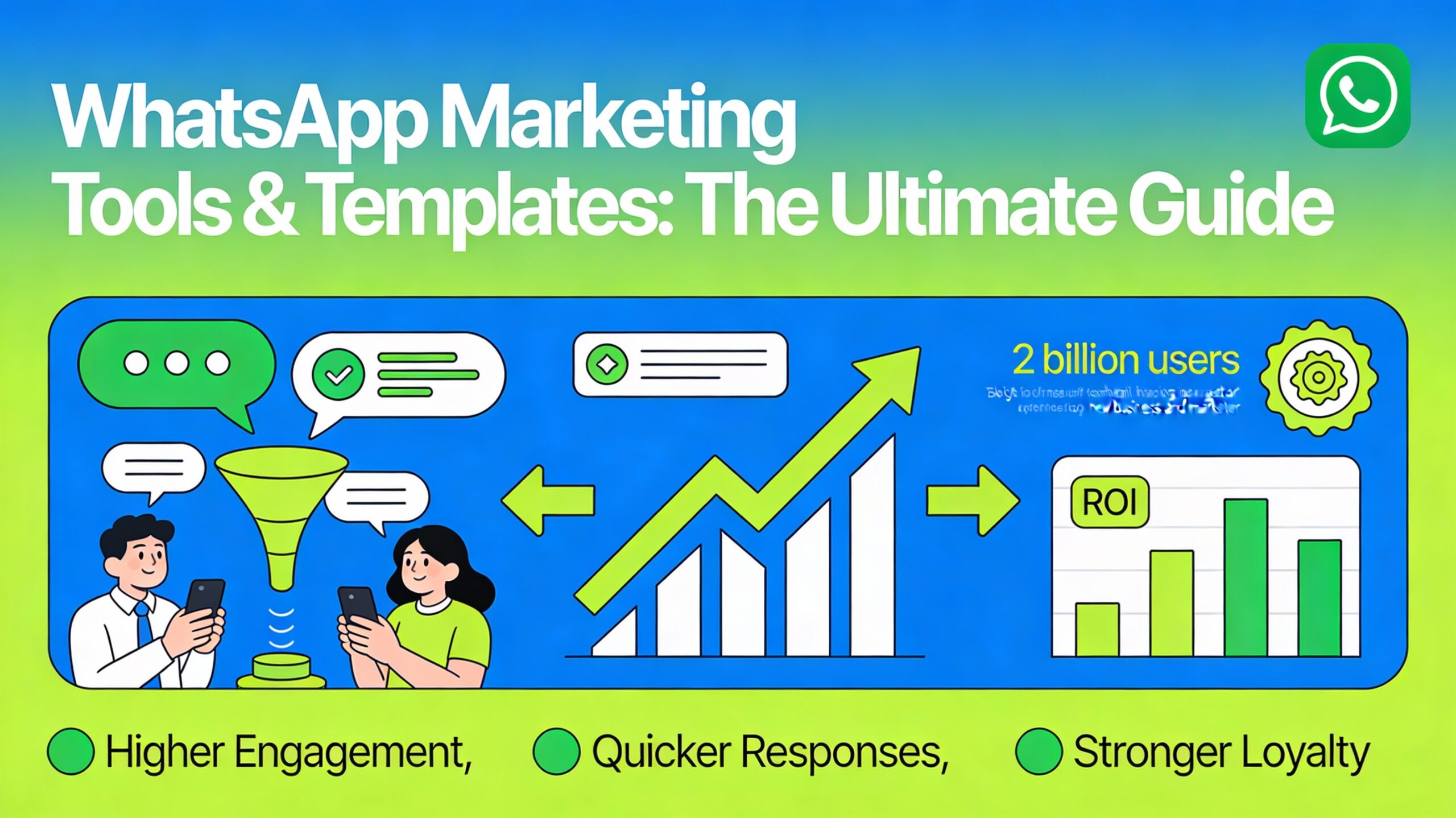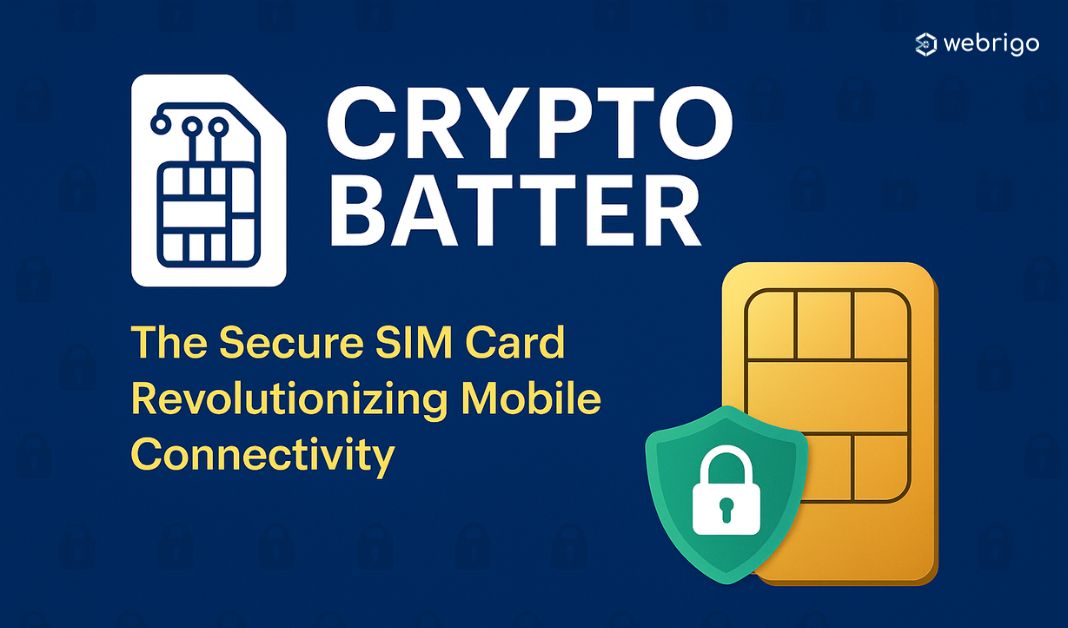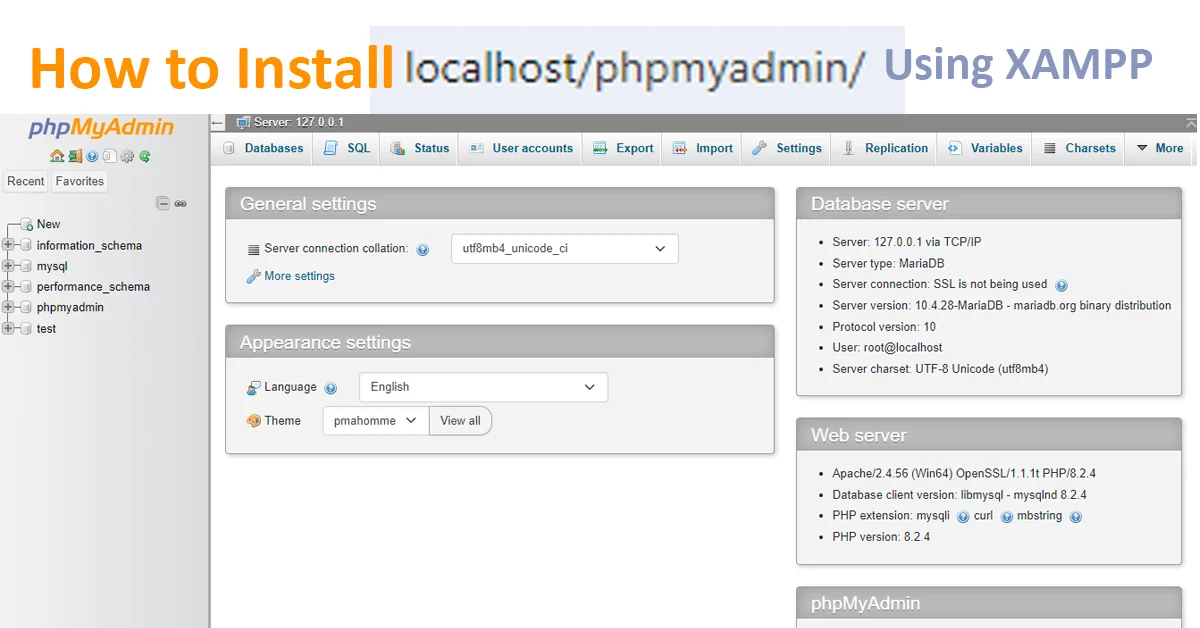Social media marketing has become essential for businesses of all sizes. With billions of people using social media platforms every day, there are many ways for companies to reach their target audience. But not all social media marketing is the same. There are different types of social media marketing strategies that companies can use to connect with their audience, build brand awareness, and increase sales.
Whether it’s through sharing engaging content, collaborating with influencers, or running targeted ads, each type of SMM serves a unique purpose. There will be around 5.17 billion people using social media in 2024, which is around 63.7% of the total global population.
Understanding these different types is crucial for businesses that want to make the most of their social media efforts. By choosing the right approach, you can effectively promote your products and services, engage with customers, and grow your brand online. Let’s get into the main types of social media marketing and how they can benefit your business.
Types of Social Media Marketing in 2025:
Social Media Marketing has different forms, but the end goal of all types of SMM is almost the same. The way of approaching it is different. Here are some common ways of social media marketing that you can make use of as per your target audience:
Content Marketing

Content marketing on social media is all about sharing helpful and interesting content to attract and engage people. This could be blogging posts, videos, infographics, or anything that provides value. The goal is to offer information that your audience finds useful so that they interact with your brand.
By consistently sharing valuable content, you build trust with your audience and position your brand as an expert in your industry. Tools like a Linkedin viral post generator can also help create engaging posts that resonate with professionals and expand your reach.
For a prevalent example, you can take TED, which provides valuable content to its users on different social media platforms without any aim to get business out of their posts. This method works for them, and the user trusts them, which indirectly leads to sales or traffic.
Influencer Marketing
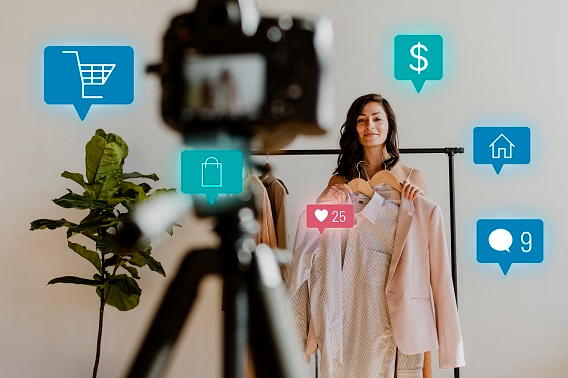
Influencer marketing is when businesses work with famous people on social media who have a lot of followers. These influencers promote your products or services to their audience, which helps more people learn about your brand. Influencer marketing is perfect for reaching specific groups of people or niche markets.
For example, when Virat Kohli merged his brand, one8, with PUMA, his influence helped increase PUMA’s revenue by 10%. This type of marketing is great for getting noticed by specific groups or markets.
It works well because people often trust advice from someone they admire. Using influencer marketing can boost your brand’s visibility and credibility quickly.
Social Media Paid Advertising

Social media paid advertising is when businesses pay to show their ads to a larger audience on platforms like Facebook, Instagram, and LinkedIn. These ads can be in various formats, like photos, videos, or carousel ads. Companies can target specific groups based on age, location, interests, and more, which ensures their ads reach the right people.
For example, Pepsi uses social media campaigns to promote its products and compete with Coca-Cola, and this has been very effective for them. Paid advertising helps businesses quickly increase brand awareness, attract potential customers, and drive sales.
It allows companies to get immediate results and measure how well their ads perform, and this makes it a powerful tool for reaching and engaging with a broader audience.
Social Media Contests and Giveaways

Social media contests and giveaways are a fun way to engage with your audience and grow your follower base. Businesses ask people to like, share, or comment on a post for a chance to win a prize. This creates excitement and encourages more people to interact with your brand.
For example, Canva often runs design contests where users can win free subscriptions, while GoPro hosts giveaways for the best user-created videos. These contests help increase engagement, attract new followers, and create buzz around the brand.
Social media contests and giveaways are a great way to connect with your audience and boost your brand’s visibility. They also allow you to collect user feedback and content.
Social Media Stories

Social media stories are short, temporary posts that appear at the top of platforms like Instagram, Facebook, and Snapchat. They disappear after 24 hours, creating a sense of urgency and encouraging people to check them out quickly. Stories are great for sharing behind-the-scenes content, updates, and promotions in a fun and engaging way.
For example, Google doesn’t really need much marketing, but they still use stories to connect with their followers. Their #YearInSearch campaign highlights the top things people searched for over the past year, turning this data into heartwarming social media posts. This keeps their audience engaged and shows how creative use of stories can enhance brand connection.
Social Media Live Streaming
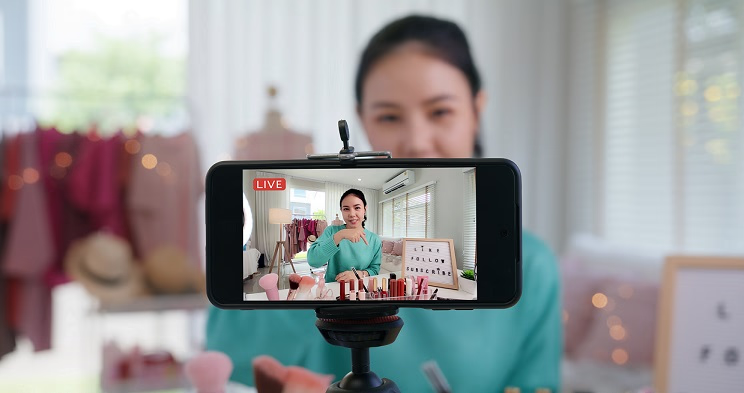
Live streaming is a type of social media marketing that allows businesses to connect with their audience in real time. It will enable businesses to share events, product launches, or Q&A sessions directly with viewers. This creates an interactive and authentic experience, which makes it easy for people to engage with the brand. However, live streaming should fit into your overall marketing strategy for the best results.
For example, KitKat combined a livestream shopping event with a paid social media campaign to boost online sales and drive traffic to their stores in Melbourne and Sydney. They used branded content, dynamic ads, and polls to encourage purchases, while a Facebook livestream urged viewers to buy through comments.
This campaign was highly successful, generating over a third of KitKat Chocolates Australia’s annual sales and significantly increasing brand awareness among their target audience in Australia.
Social Media Groups and Communities
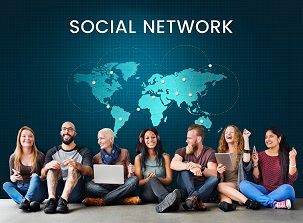
Social media groups and communities allow brands to connect with their audience on a deeper level. These groups can be focused on specific interests or topics related to the brand, creating a space for like-minded people to share and discuss.
For example, Sega has multiple groups for its different products, like the Sonic the Hedgehog page, which has more followers than the main Sega page. This strategy allows Sega to engage with its biggest fans and provide them with specialized content.
Creating these dedicated communities helps increase engagement, boosts brand awareness, and allows for targeted communication. Social groups are also great for soft-selling B2B services, where the focus is on helping members succeed while subtly promoting your offerings.
User-Generated Content on Social Media

User-generated content (UGC) on social media is when customers create and share content about a brand or product. This type of content is powerful because it’s authentic and relatable, coming directly from people who use the products.
For example, Netflix promoted its series “Stranger Things” using UGC. They encouraged fans to post images and videos of strange things they saw in their daily lives with the hashtag #StrangerThings2. This creative approach drew attention back to Netflix’s page, engaging thousands of curious Instagram users. In just two weeks, Netflix generated almost 1 million viewers through these unique posts. They even reshared content like “Baby Barb” and collaborated with brands like Eggo, who used the series title to boost their engagement. UGC like this plays a crucial role in Netflix’s social media strategy, helping to spread the word and engage audiences in a fun and interactive way.
Benefits of Social Media Marketing:

Social media marketing offers many benefits for businesses of all sizes. By using platforms like Facebook, Instagram, Twitter, and LinkedIn, you can connect with their audience, build brand awareness, and drive sales. The examples above show how the correct type of social media marketing can make your marketing efforts much stronger. Here are some key benefits:
- Increased Brand Awareness: Social media helps you reach a large audience quickly and makes your brand more visible and recognizable.
- Better Customer Engagement: Social media allows you to interact directly with your customers, answer questions, and address concerns, building a solid relationship with your audience.
- Cost-Effective Marketing: Compared to traditional advertising, social media marketing is often more affordable and makes it accessible for businesses with smaller budgets.
- Targeted Advertising: Social media platforms offer advanced targeting options, allowing you to reach specific groups of people based on their interests, age, location, and more.
- Increased Website Traffic and Sales: Sharing content and ads on social media can drive more traffic to your website, leading to increased sales and conversions.
- Valuable Insights: Social media provides data and analytics that help you understand your audience better and measure the success of your campaigns.
By using the right social media marketing strategies, you can boost your brand’s visibility and strengthen your marketing efforts. However, you need to use the type of social media marketing according to your niche and target audience.
Which type of social media would work for you?
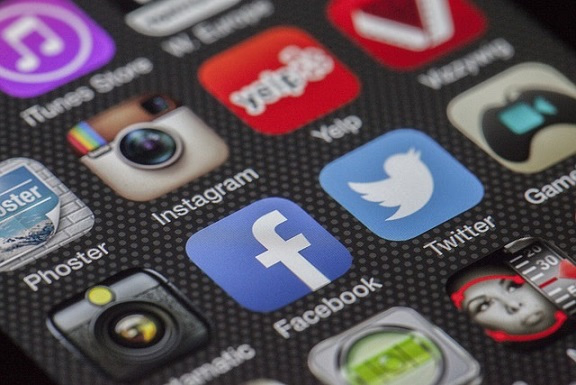
Choosing the right type of social media marketing depends on your business goals and audience. If you want to build trust and provide valuable information, content marketing through blog posts and videos might be best.
If you’re looking to reach specific groups quickly, paid advertising on platforms like Facebook or Instagram can help target the right people. For a more personal touch, influencer marketing works well by partnering with popular social media personalities who can promote your brand.
Social media contests and giveaways are terrific for boosting engagement and gaining followers. Live streaming can connect you with your audience in real-time, while user-generated content can help build community and trust.
Think about what you want to achieve and where your audience spends their time. Then, choose the types of social media marketing strategy that best fits your needs and goals.
Which Platform is best for Social Media Marketing?

The best platform or the types of social media marketing depends on your target audience. You need to figure out where your audience spends most of the time (basically on which platform)
- Facebook is great for reaching a broad demographic and offers detailed targeting options.
- Instagram is ideal for visual content and engaging younger audiences.
- LinkedIn is perfect for B2B marketing and professional networking.
- Twitter is useful for real-time updates and customer interaction.
- TikTok is effective for reaching Gen Z with creative, short-form videos.
Each platform has its strengths, so choose the one that aligns with where your audience spends their time and what type of content you want to share.
Read More at:
- Influencers Income in 2024 | How Influencers Make Money
- How to Start a Business in 2024 | Easy Guide
- How to Start Dropshipping in India in 2024: A Beginner’s Guide to Uncover the Secrets
FAQs:
How can social media marketing benefit my business?
It increases brand awareness, drives traffic, improves customer engagement, and offers targeted advertising at a cost-effective rate.
Which social media platform is best for my business?
It depends on your target audience and business goals. Each platform caters to different demographics and content types.
How do I start a social media marketing campaign?
Define your goals, choose platforms, create engaging content, and use ads or influencers to reach and engage your audience.
How often should I post on social media?
Aim for consistent posting. The frequency depends on your platform and audience, but quality and engagement are essential.


